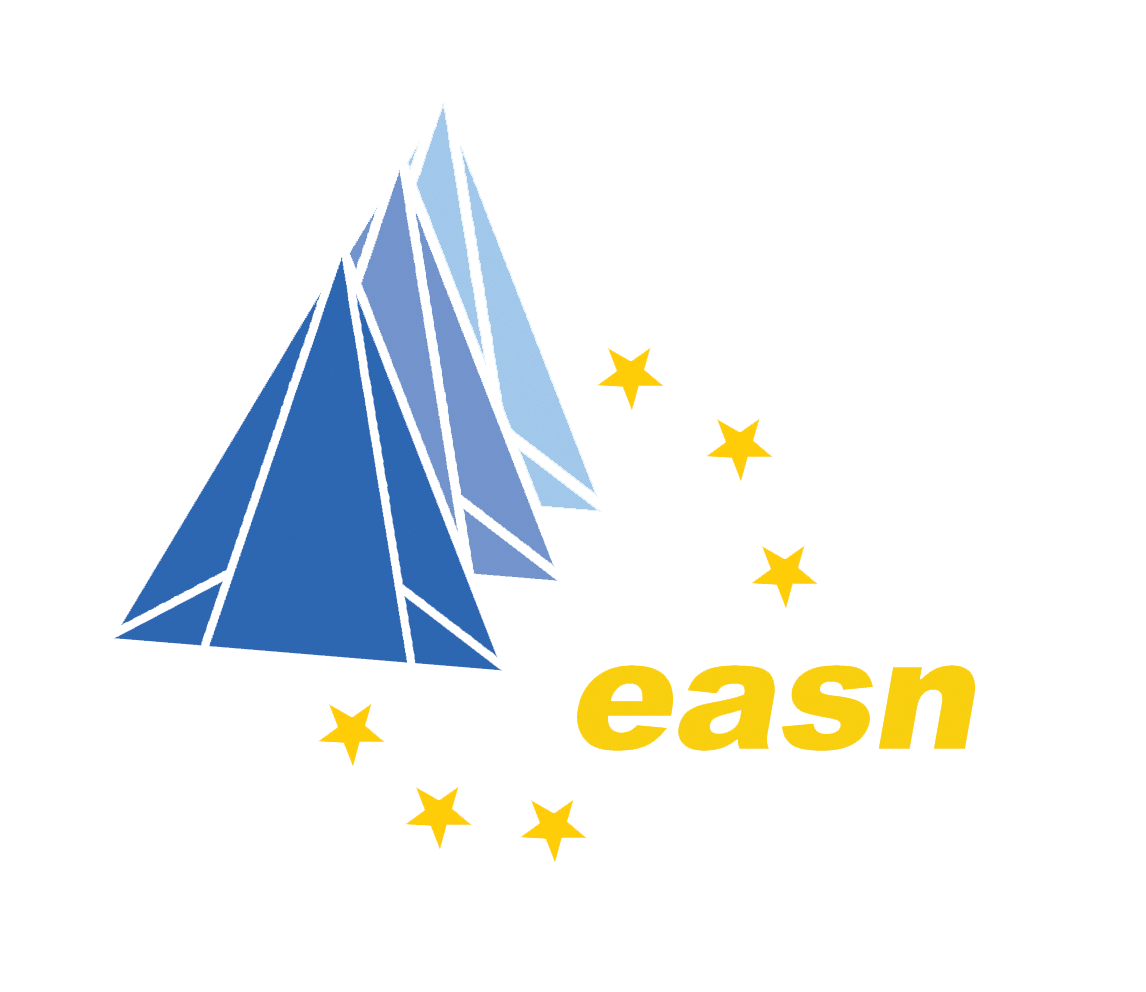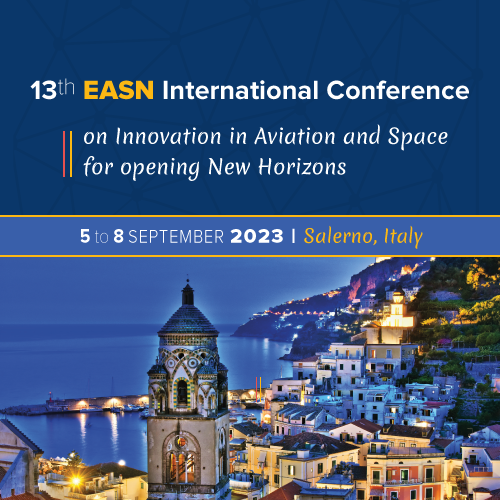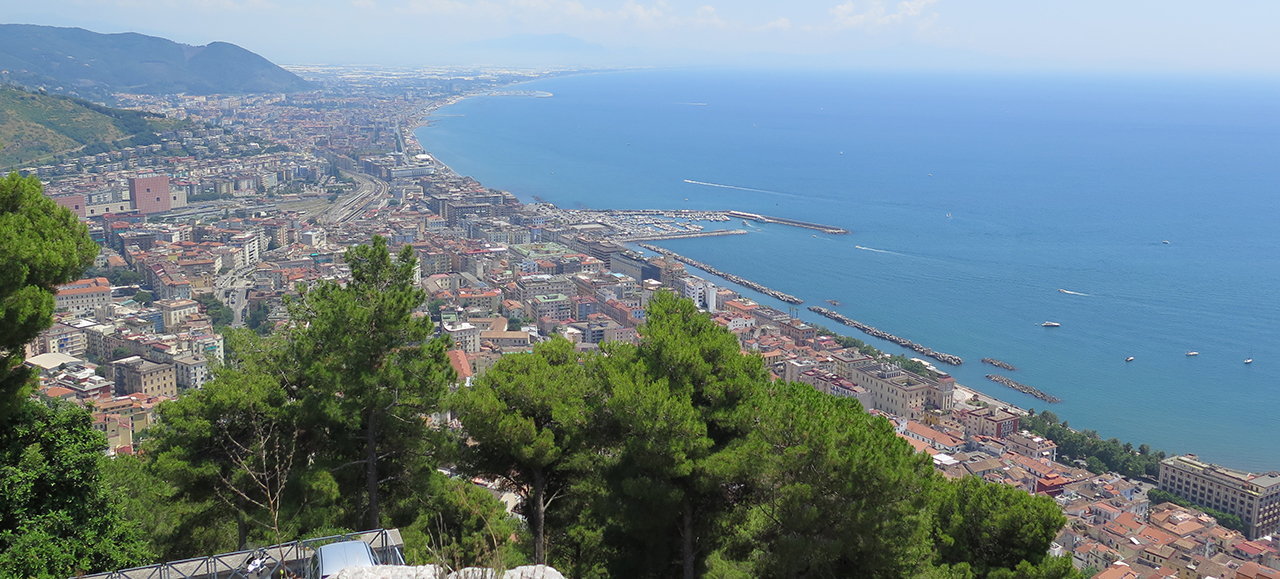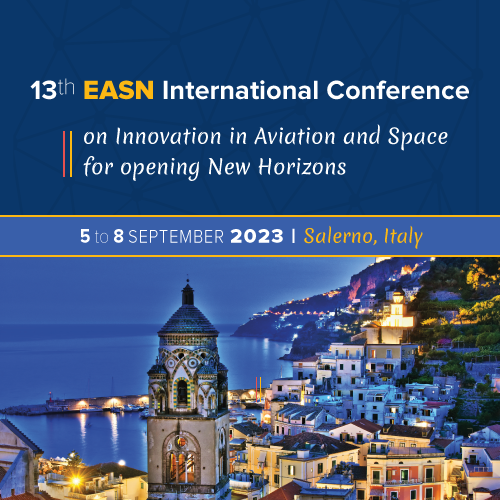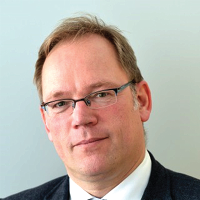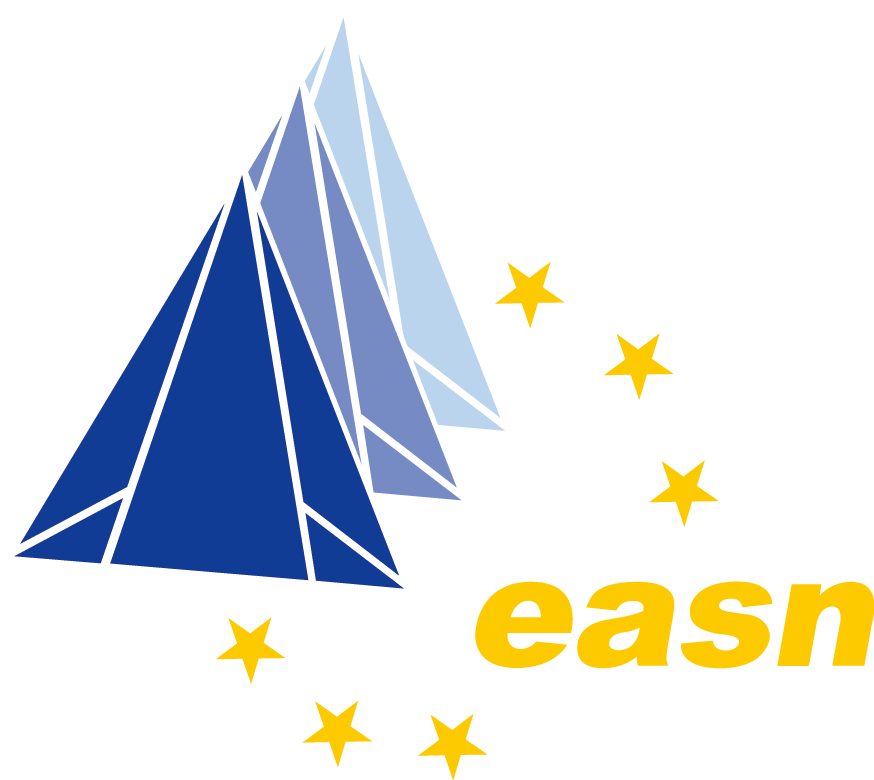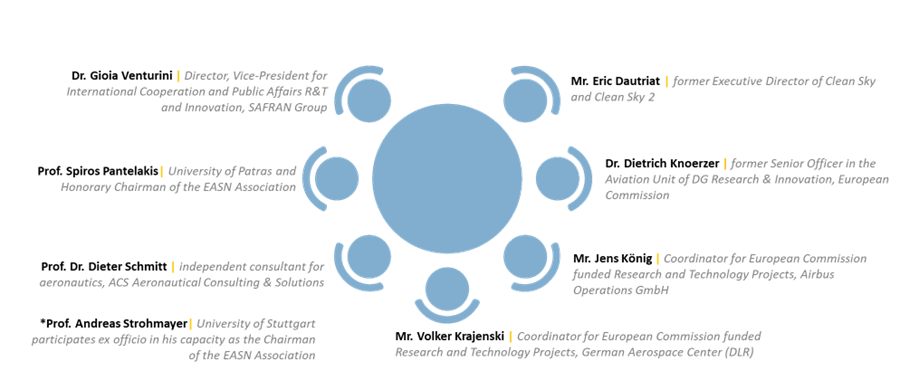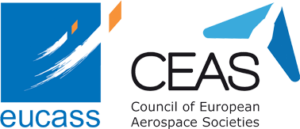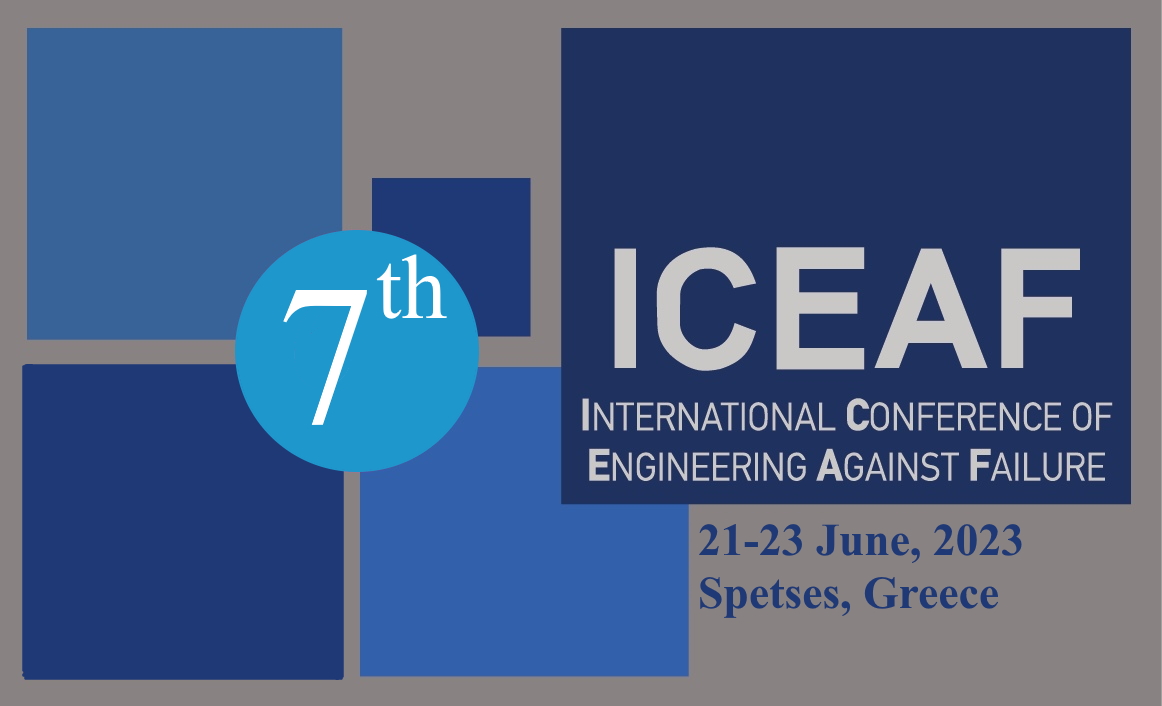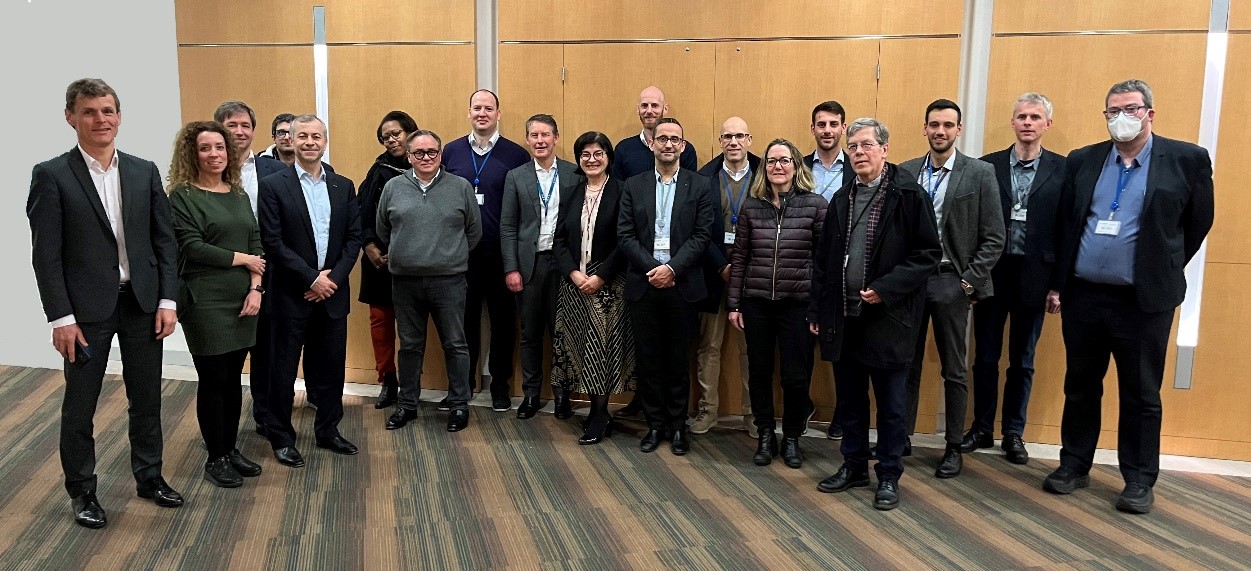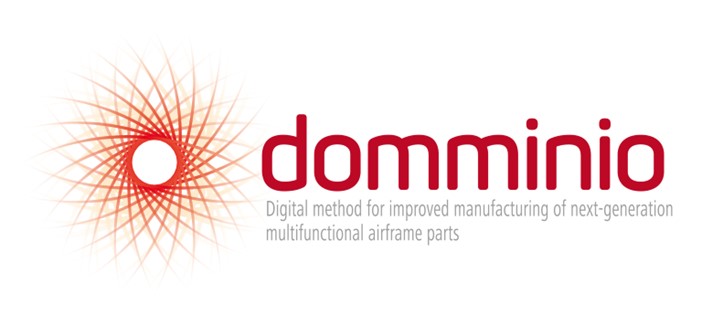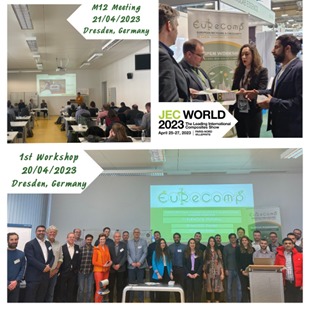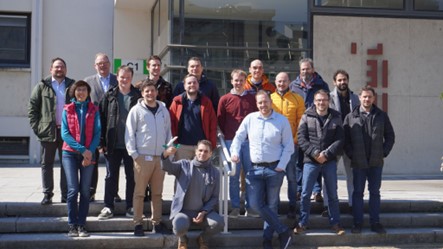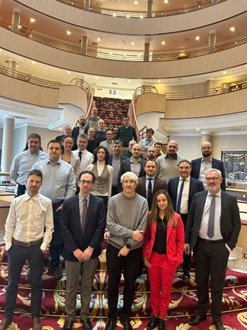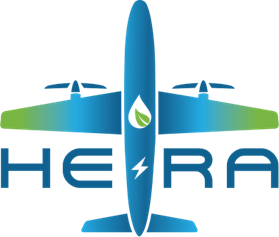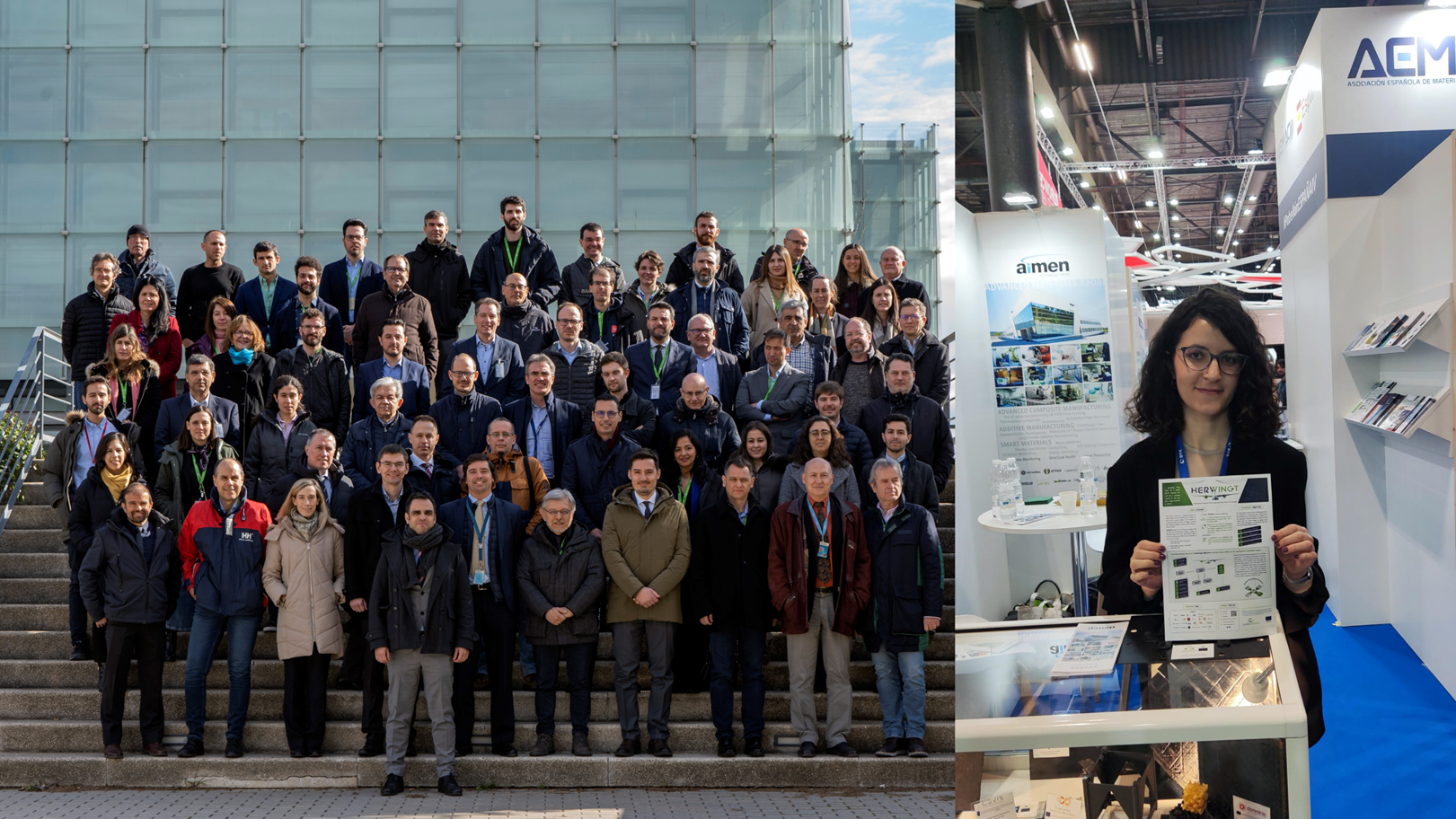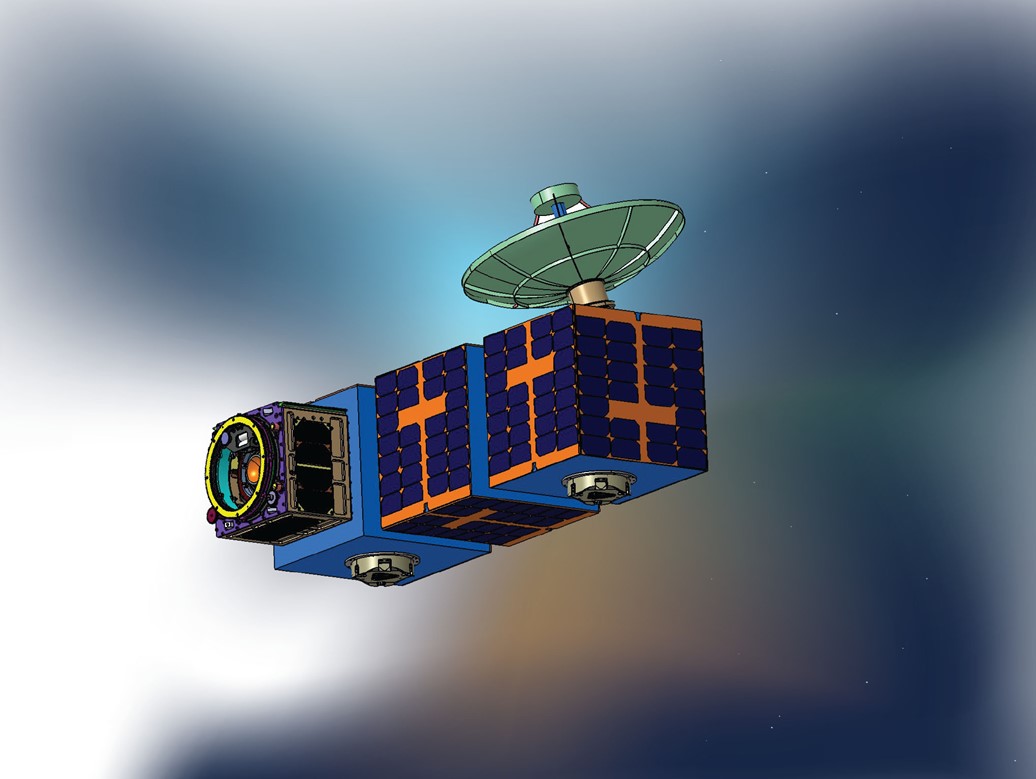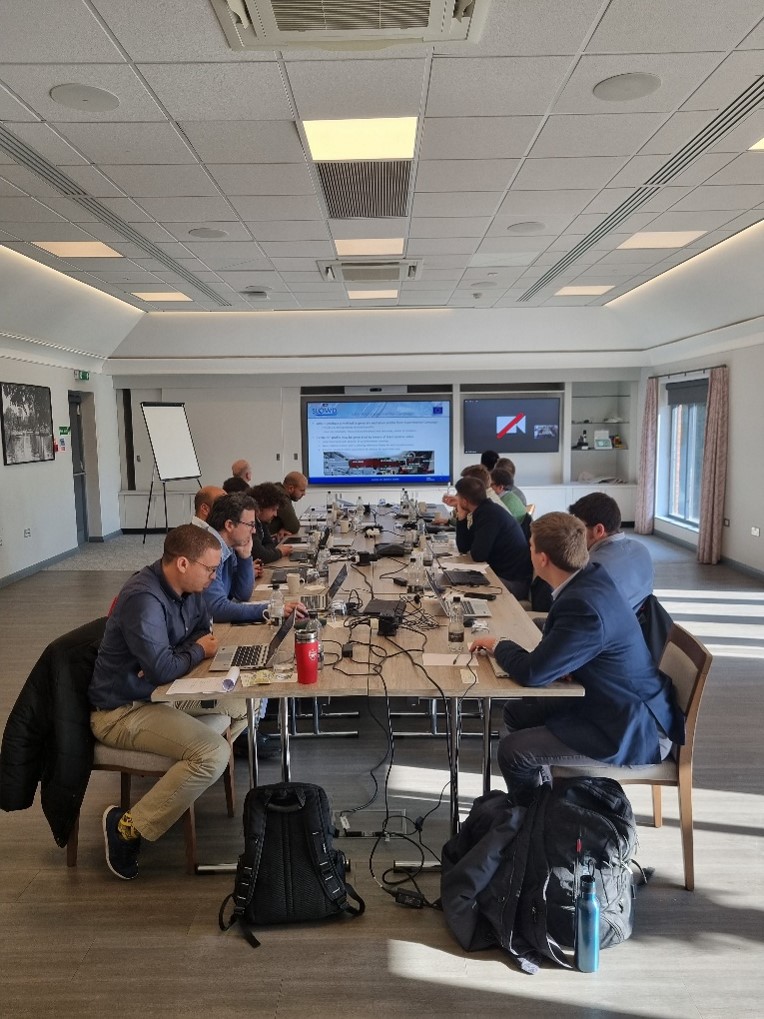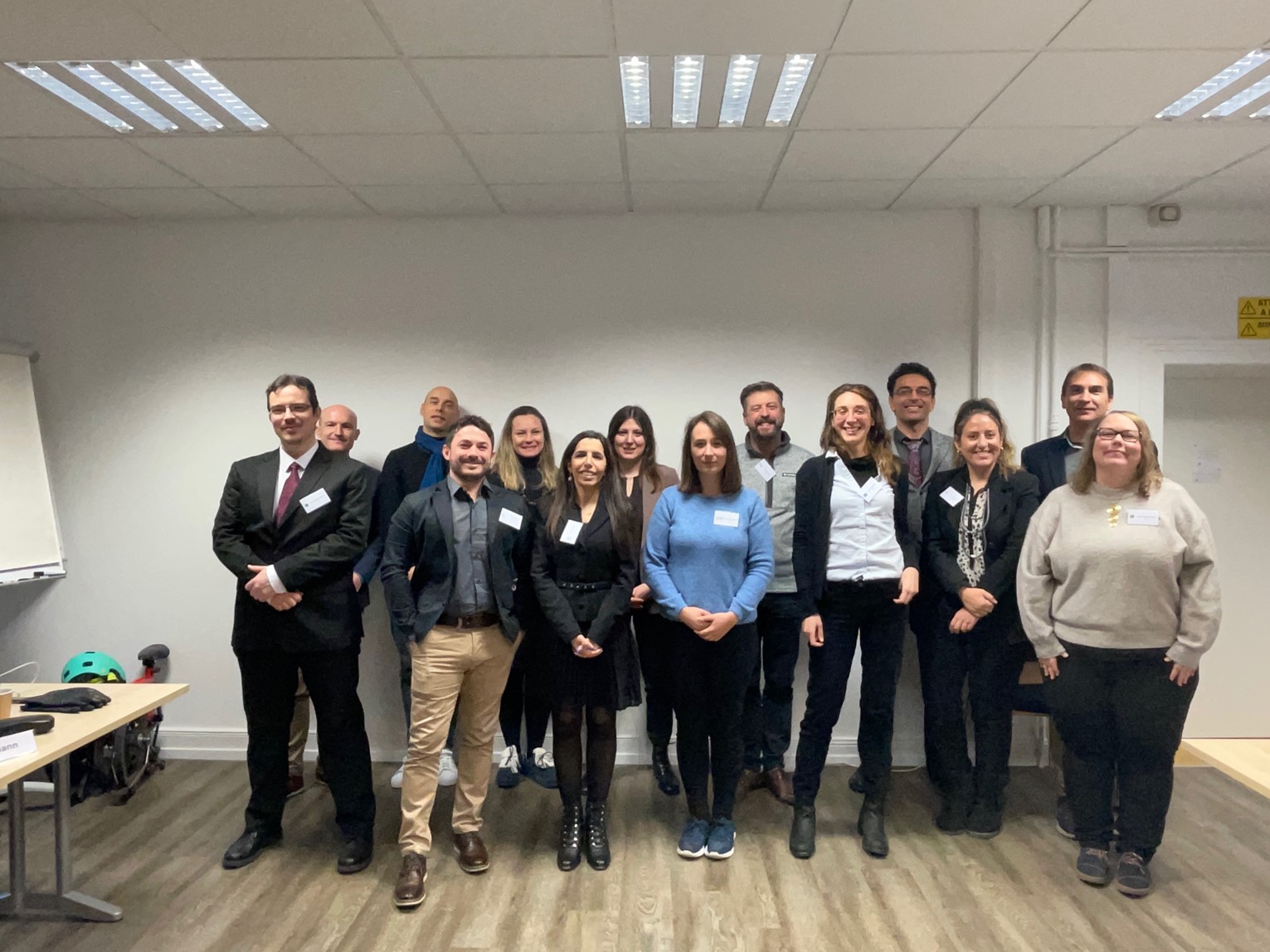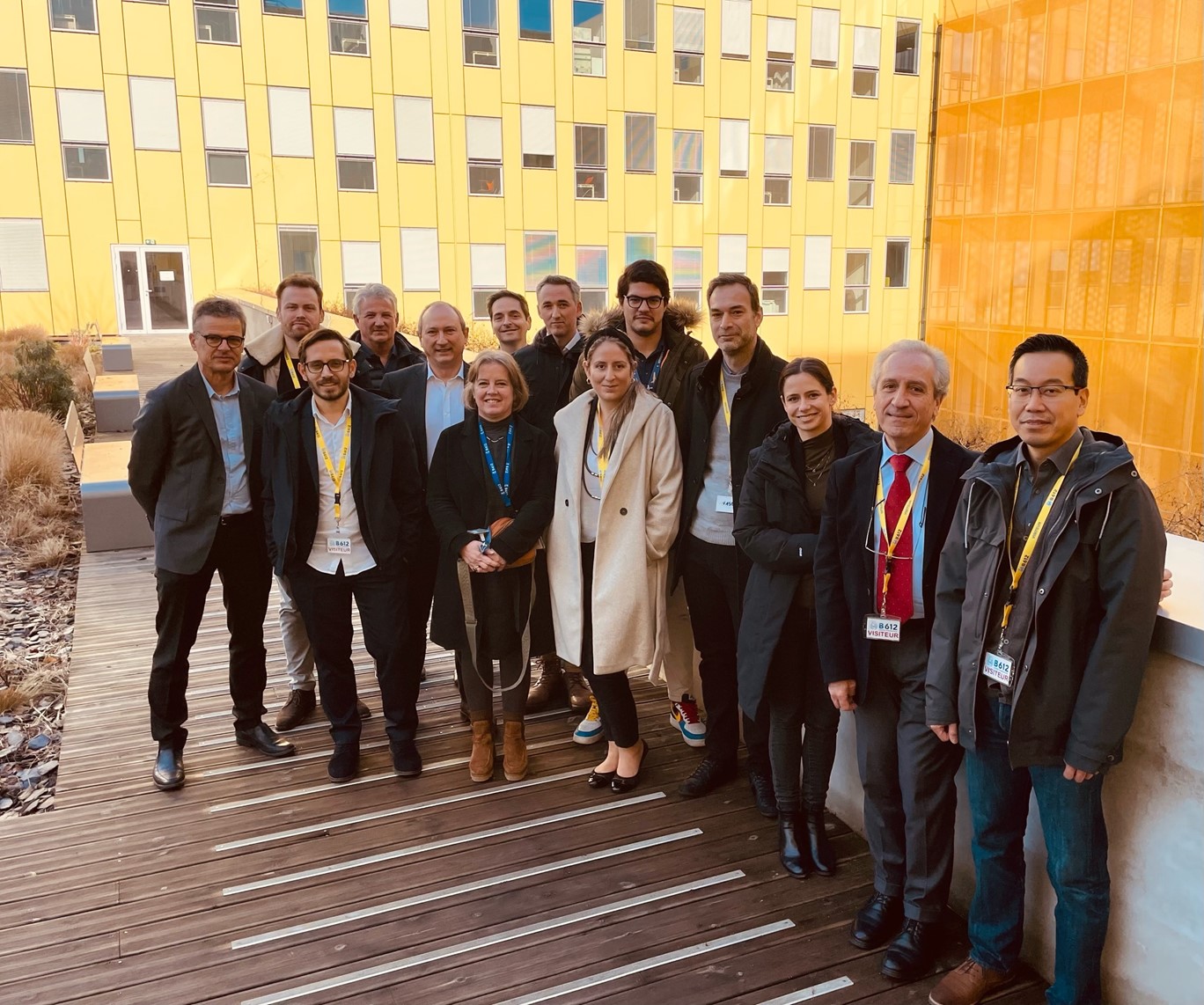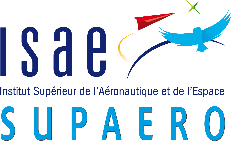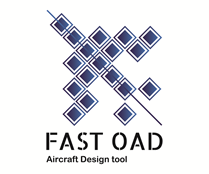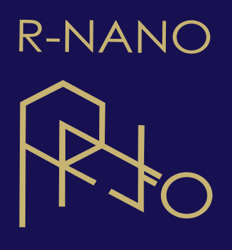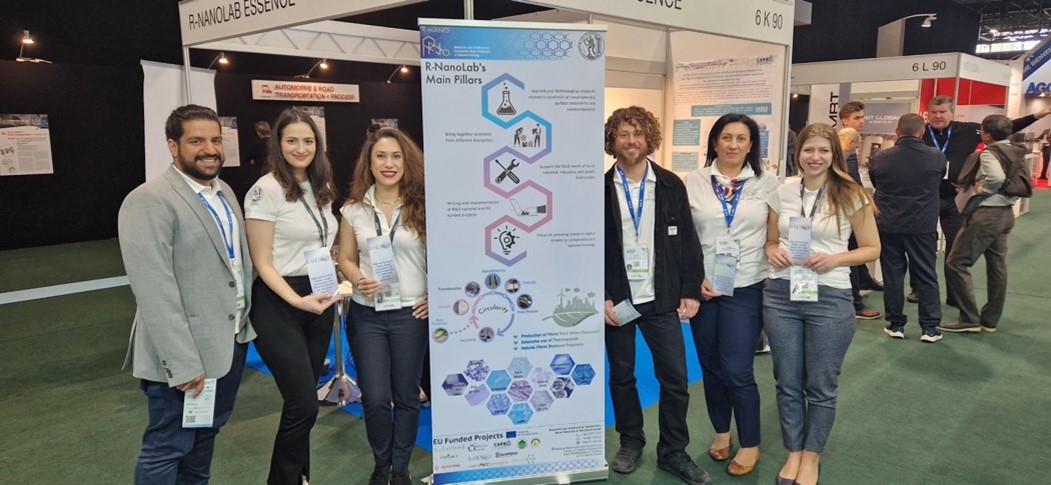With the European Framework Programme Horizon Europe being established as the Horizon 2020 successor in 2021 and now in full swing, Prof Andreas Strohmayer, in his role as EASN Chairman of the BoD, takes a first look at the implementation of this research and innovation funding programme.
Q: One of the major societal challenges we face today is the EU Green Deal. In particular the climate impact of aviation gets more and more in the focus of public attention and the European framework programme has to address this topic. So to what extent does Horizon Europe contribute to a Green Transition in aviation?
A: You are absolutely right, it is of outmost importance that the European aviation sector adequately tackles the climate effects with highest priority, ideally also taking global leadership in this field. In particular the Clean Aviation Joint Undertaking has oriented its Strategic Research and Innovation Agenda (SRIA) fully towards technologies for carbon-neutral aviation. With the three pillars “hybrid-electric and full electric architectures” for low emission regional aircraft, “disruptive technologies to enable hydrogen powered aircraft” for the short-range sector and “ultra-efficient aircraft architectures” for low emission short- / medium-range aircraft, an essential contribution towards decarbonization as part of the Green Deal will be prepared and demonstrated within this decade. The Commission’s Work Programme to some extent now also takes up topics proposed in the so called “explore and mature” pillar that was initially prepared by the “Clean Sky 3 Preparation Group” for the Clean Aviation SRIA, but then pushed down in a final trimming process. So – apart from a far too low total funding – in terms of content European aviation research is on a good way.
Q: Looking at the key objectives of Clean Aviation and the related topics in the Commission’s Work Programme, would you see any shortcomings in responding to the required Green Transition?
A: In addition to what is planned for Clean Aviation and what is currently allocated mainly in Cluster 5 of the Work Programme, it has to be ensured that research and innovation also will properly address non-CO2 effects of aviation. Moreover, topics beyond emissions, such as sustainable design and circularity and maintainability have to be prepared in time for setting up production of a new, radically innovative generation of aircraft. An important topic that should be considered for a Clean Aviation follow-on programme is the preparation of disruptive technology options for climate-neutral long-range aircraft.
And at this point, when thinking of a Clean Aviation follow-on programme, a major shortcoming of the current setup becomes obvious: how do we ensure that the innovation pipeline remains filled with fresh ideas? The focus of Horizon Europe on “impact” has been translated to demonstration of technologies at a relatively high readiness level to allow for a quick market uptake. On the downside, low TRL research has been neglected to an extent that the pipeline might have dried out until the end of Horizon Europe. Moreover, as the majority of funding today is oriented towards high TRL activities, the whole ecosystem of upstream research and innovation, including universities, research organisations, SMEs and large industry, created with the money of the European tax payer over several decades, will collapse if not properly funded.
Q: As chairman of an association that represents European academia, how do you see the role of universities in the Clean Aviation partnership?
A: In the preparation of Clean Aviation we had set out to establish a strong partnership of the stakeholders in the European Research Area, i.e. industry, research organisations, SMEs and universities. Looking at the situation today, I have to admit it is highly dissatisfying for academia: only six universities had the courage to accept the commitments requested for a Clean Aviation membership. And while the consortia resulting from the first call for proposals include a much larger number of universities, their financial participation is as low as 6% of the total funding. This results in a highly unattractive situation where in some case not even a full-time equivalent researcher can be financed from a project participation.
Past experience has shown that a pan-European cooperation and open collaboration between researchers from all stakeholders in the European Research Area are a cornerstone of excellence and the basis of technological leadership. With this in mind, in our view it is still time to include low TRL research in future Clean Aviation calls to feed into the planned technology demonstrations and thus to de-risk the ambitious technology roadmaps. An additional tool to be revived could be a relatively small but meaningful budget dedicated to Thematic Topics, an instrument successfully implemented in Clean Sky 2. Last but definitely not least, it is only by widely including academic research when addressing the technological challenges required to comply with the Green Deal, that the future generation of engineers will be properly educated and trained to the tasks at hand. In view of the size of the challenge on one side and the rapidly growing shortage of skilled engineers on the other, it would be absolutely negligent if the issues obvious today were not addressed with adequate urgency.

